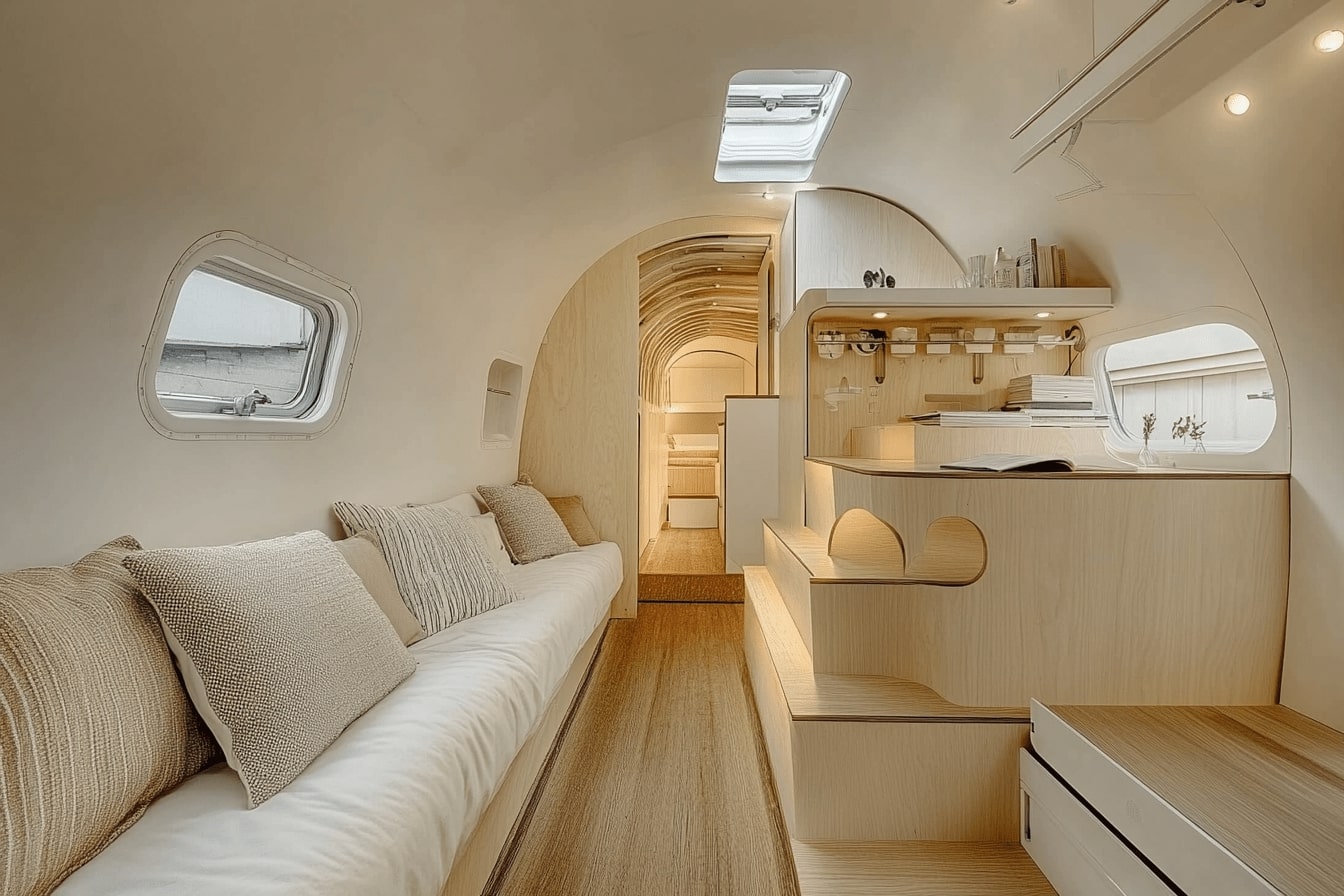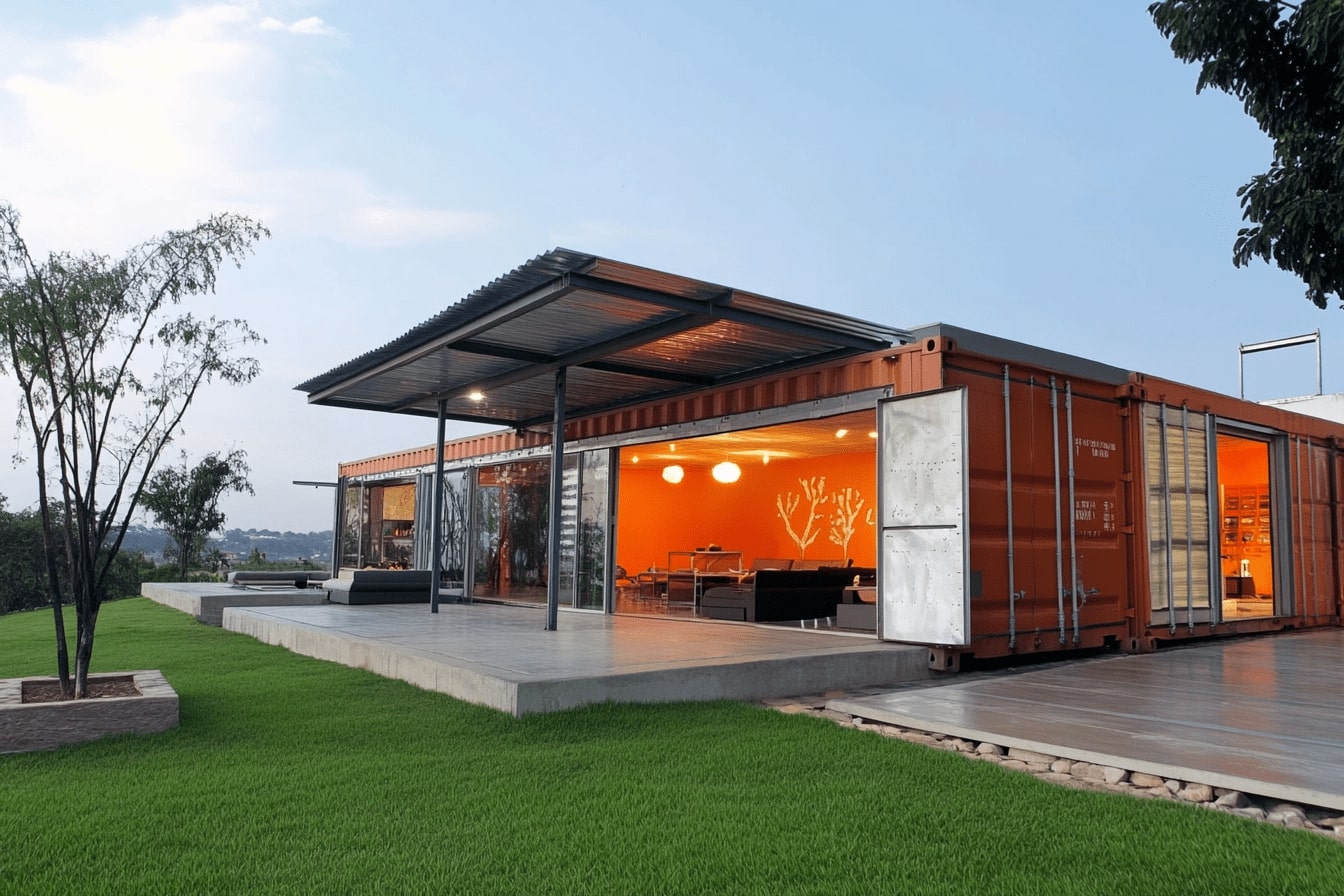- Home
- Articles
- Architectural Portfolio
- Architectral Presentation
- Inspirational Stories
- Architecture News
- Visualization
- BIM Industry
- Facade Design
- Parametric Design
- Career
- Landscape Architecture
- Construction
- Artificial Intelligence
- Sketching
- Design Softwares
- Diagrams
- Writing
- Architectural Tips
- Sustainability
- Courses
- Concept
- Technology
- History & Heritage
- Future of Architecture
- Guides & How-To
- Art & Culture
- Projects
- Interior Design
- Competitions
- Jobs
- Store
- Tools
- More
- Home
- Articles
- Architectural Portfolio
- Architectral Presentation
- Inspirational Stories
- Architecture News
- Visualization
- BIM Industry
- Facade Design
- Parametric Design
- Career
- Landscape Architecture
- Construction
- Artificial Intelligence
- Sketching
- Design Softwares
- Diagrams
- Writing
- Architectural Tips
- Sustainability
- Courses
- Concept
- Technology
- History & Heritage
- Future of Architecture
- Guides & How-To
- Art & Culture
- Projects
- Interior Design
- Competitions
- Jobs
- Store
- Tools
- More
8 Tips for Creating Productive Co-Working Spaces

The layout of your coworking office space for rent can make or break productivity. Start by creating distinct zones for different work styles. Designate areas for focused individual work, collaborative spaces for team projects, and quiet corners for phone calls or deep concentration.
Table of Contents
Toggle1. Designing Your Space for Maximum Efficiency
Consider incorporating these elements into your furnished office space for rent design:
- Ergonomic Furniture: Invest in adjustable desks and chairs to accommodate different body types and work preferences.
- Natural Lighting: Maximize natural light exposure to boost mood and productivity. Position desks near windows when possible.
- Sound Management: Use acoustic panels and white noise machines to minimize distractions and create a focused atmosphere.
- Flexible Seating Options: Offer a mix of traditional desks, standing desks, and lounge areas to cater to different work styles.
- Green Spaces: Incorporate plants and living walls to improve air quality and create a more inviting environment.
2. Emerging Trends in Coworking Spaces
The demand for flexible office space available for rent has been proliferating, especially in bustling urban areas. Professionals increasingly seek environments that blend functionality with comfort, allowing them to thrive in dynamic settings. As remote and hybrid work models continue to gain traction, coworking spaces are adapting to meet the evolving demands of modern professionals.
In North Dallas, this trend has led to the emergence of innovative workspaces. A well-designed co working space north dallas offers the perfect balance of amenities and community, catering to the diverse needs of today’s workforce. These spaces foster collaboration while providing the privacy and resources needed for focused work.

3. Encouraging a Collaborative Community
Renting a coworking space is more than just a physical location – it’s a community of like-minded professionals. Encourage collaboration and networking with these strategies:
- Host Regular Events: Organize workshops, seminars, and social gatherings to facilitate connections among members.
- Create a Digital Hub: Implement a members-only online platform for sharing resources, discussing ideas, and coordinating meetups.
- Establish Mentorship Programs: Connect experienced professionals with newcomers to foster knowledge sharing and career growth.
- Encourage Cross-Pollination: Design common areas to promote chance encounters and spontaneous conversations between members from different industries.
- Showcase Member Achievements: Highlight success stories and milestones to inspire and motivate the community.
4. Leveraging Technology for Seamless Operations
In today’s digital age, a productive and creative coworking space must integrate cutting-edge technology. Implement these tech-savvy solutions:
- High-Speed Internet: Provide reliable, high-bandwidth connectivity throughout the space to support modern work requirements.
- Smart Access Control: Use keyless entry systems and mobile apps for easy and secure access to the facility.
- Meeting Room Booking Systems: Implement user-friendly software for effortless reservation of shared spaces.
- IoT-Enabled Environment Controls: Install smart thermostats and lighting systems for optimal comfort and energy efficiency.
- Virtual Office Services: Offer mail handling and call forwarding services for members who need a professional business address.
Comparison Table: Traditional Office vs. Co-Working Space
| Features | Traditional Office | Co-Working Space |
| Cost | High fixed costs | Flexible, pay-as-you-go |
| Lease Terms | Long-term commitments | Short-term, adaptable |
| Networking Opportunities | Limited to company employees | Diverse professional community |
| Amenities | Varies by company | Comprehensive, shared resources |
| Scalability | Limited by physical space | Easy to scale up or down |
5. Prioritizing Wellness and Work-Life Balance
A thriving co-working environment must enhance the wellness of its users. Incorporate these wellness-focused features:
- Fitness Areas: Make room for meditation sessions or a smaller gym to improve your overall fitness.
- Healthy Snack Options: Stock the kitchen with healthy snacks and beverages to boost daily energy levels.
- Relaxation Zones: Create inviting spots for members to unwind briefly or take a nap during the day.
- Outdoor Spaces: Create an outdoor area to appreciate the breeze and view changes in nature.
- Mental Health Resources: Work with community professionals in delivering training workshops for managing stress and giving therapeutic support.
6. Embracing Sustainability Practices
Current employees place greater emphasis on spaces that are good for the environment. Implement these eco-friendly initiatives:
- Install fixtures and gear that reduce electricity use everywhere on the premises.
- Introduce a detailed recycling and composting initiative.
- Choose environmentally friendly furniture and home furnishings.
- Recommend the use of reusable tools and containers in common facilities.
- Connect with vendors near you for eco-friendly office materials and catering services.
7. Tailoring Services to Meet Diverse Needs
A successful co-working space must cater to a wide range of professionals from freelancers to small business owners. Offer a variety of membership options and services to accommodate different work styles and budgets. This might include:
- Hot desks for occasional drop-ins
- Dedicated desks for regular members
- Private offices for teams or those requiring more privacy
- Virtual memberships for professionals who primarily work remotely
By providing this flexibility, you’ll attract a diverse community of creative and driven individuals, fostering a dynamic and inspiring work environment.
8. Leveraging Local Partnerships
To distinguish yourself in the crowded co-working scene, develop valuable partnerships with local firms and organizations. Partner with local community food businesses to supply lunches and with area galleries for presenting changing shows.
These partnerships not only add value for your members but also strengthen ties between your co-working space and the business community.

Conclusion
Creating a productive co-working space requires a thoughtful blend of design, technology, community-building, and wellness initiatives. By implementing these 8 tips, you’ll create an environment where professionals can thrive, collaborate, and achieve their best work.
For a co-working space to thrive it must continuously evolve. Frequently collect insights from your members and constantly monitor current workplace developments. By using this strategy your co-working space will continue to be a favored choice for professionals in need of an inspiring and efficient workplace.
Frequently Asked Questions
How does co-working compare to traditional office leases in terms of cost-effectiveness? Co-working spaces often prove more cost-effective than traditional office leases, especially for small businesses and startups. They eliminate the need for long-term commitments, reduce overhead costs associated with maintaining a private office, and provide access to shared amenities and services that would be expensive to procure individually.
Can I maintain privacy and security for my business in a shared workspace?
Yes, reputable co-working spaces prioritize member privacy and security. They typically offer private offices or dedicated desks for those handling sensitive information, secure Wi-Fi networks, and lockable storage solutions. Additionally, many spaces have strict confidentiality policies and may use advanced access control systems to ensure that only authorized individuals can enter certain areas.
How do co-working spaces foster networking and collaboration opportunities? Co-working spaces are designed to encourage interaction among members. They often host networking events, workshops, and social gatherings that facilitate connections. Common areas and shared facilities naturally promote spontaneous interactions, while many spaces also utilize digital platforms or community boards to help members connect based on shared interests or complementary skills.
illustrarch is your daily dose of architecture. Leading community designed for all lovers of illustration and #drawing.
Submit your architectural projects
Follow these steps for submission your project. Submission FormLatest Posts
Understanding Site Safety Footwear in Architectural Practice
Architecture is often discussed through drawings, models, and finished buildings, yet a...
General Arrangement Drawings in Architecture: The Backbone of Clear Design Communication
General Arrangement Drawings explained: what they are, when to use them, how...
The Ultimate Guide to Fencing in North Dakota: Choosing the Best Fence for Your Property
Watching a chain link fence twist in 70 mph winds near Minot...
Gaudí: Where Architecture Meets Science
Gaudí: Where Architecture Meets Science shows catenary arches, ruled surfaces, and biomimicry...












Leave a comment